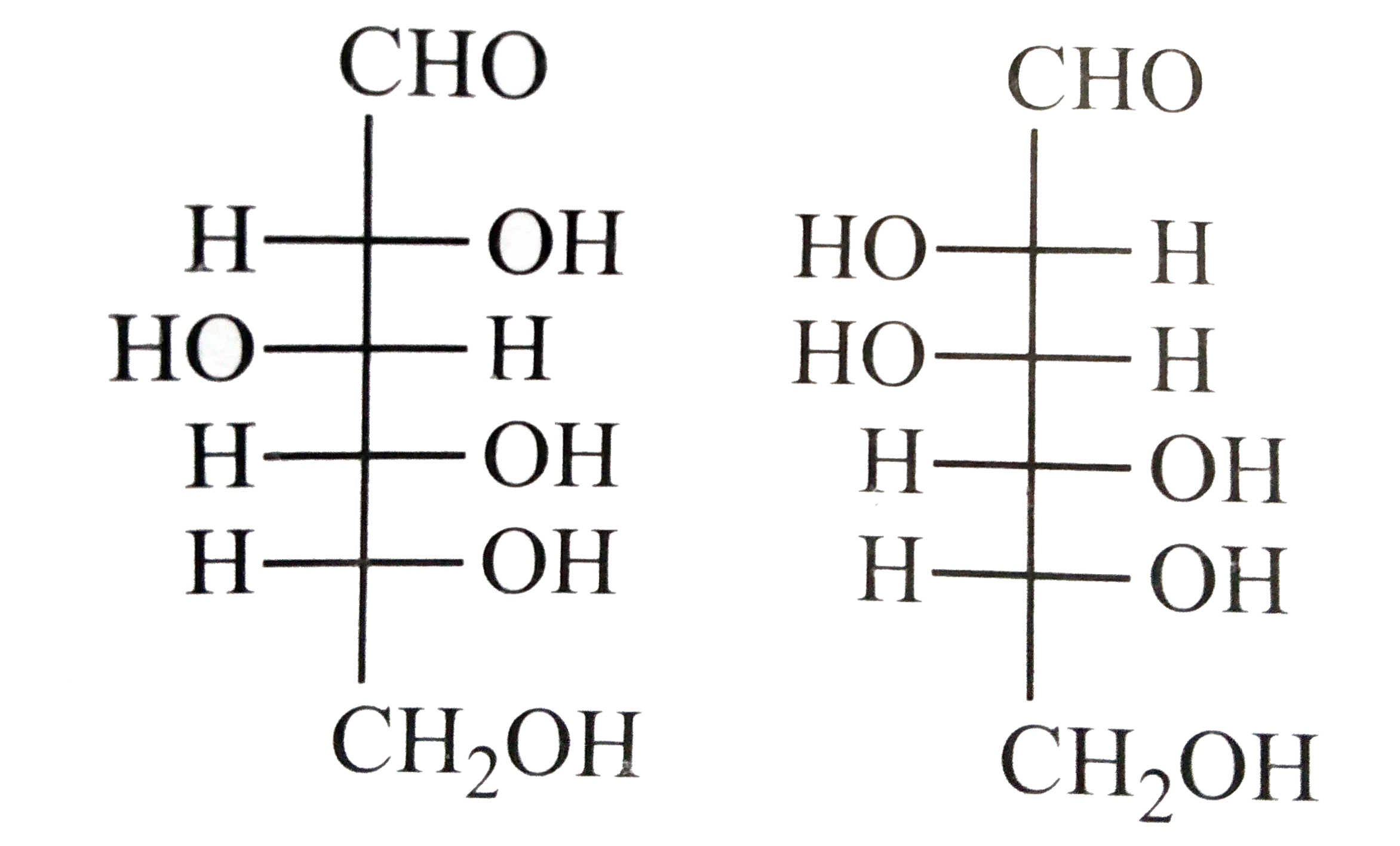Among the following pairs, the one representing a conjugate pair of an acid & a base is
H3O+ & H2O
CH3COOH & CH3COONa
NH4OH & NH4CI
SO2−4 & HSO−4
The correct Answer is:A
To determine which of the given pairs represents a conjugate pair of an acid and a base, we need to understand the concept of conjugate acids and bases. According to the Brønsted-Lowry theory:
1. A conjugate acid is formed when a base gains a proton (H⁺).
2. A conjugate base is formed when an acid loses a proton (H⁺).
Now, let's analyze the given pairs:
Given Pairs:
1. H₃O⁺ and H₂O
2. CH₃CWH and CH₃CWNA
3. NH₄OH and NH₄Cl
4. SO₄²⁻ and HSO₄⁻
Step-by-Step Analysis:
Step 1: Analyze the first pair (H₃O⁺ and H₂O)
- H₂O can act as a base and accept a proton to form H₃O⁺.
- H₃O⁺ is the conjugate acid of H₂O.
- Therefore, H₃O⁺ and H₂O form a conjugate acid-base pair.
Step 2: Analyze the second pair (CH₃CWH and CH₃CWNA)
- Without specific details about the compounds, we cannot definitively identify them as a conjugate acid-base pair.
- However, based on the naming conventions, CH₃CWH is likely an acid and CH₃CWNA is likely a base, but they do not form a clear conjugate pair.
Step 3: Analyze the third pair (NH₄OH and NH₄Cl)
- NH₄OH (ammonium hydroxide) can act as a base, while NH₄Cl (ammonium chloride) is a salt.
- There is no direct proton transfer between these two, hence they do not form a conjugate acid-base pair.
Step 4: Analyze the fourth pair (SO₄²⁻ and HSO₄⁻)
- HSO₄⁻ can donate a proton to form SO₄²⁻.
- Therefore, SO₄²⁻ is the conjugate base of HSO₄⁻.
- This pair also represents a conjugate acid-base pair.
Conclusion:
The pairs that represent conjugate acid-base pairs are:
- H₃O⁺ and H₂O
- HSO₄⁻ and SO₄²⁻
Final Answer:
The pairs representing conjugate pairs of an acid & a base are H₃O⁺ and H₂O, and HSO₄⁻ and SO₄²⁻.
2. A conjugate base is formed when an acid loses a proton (H⁺).
1. H₃O⁺ and H₂O
2. CH₃CWH and CH₃CWNA
3. NH₄OH and NH₄Cl
4. SO₄²⁻ and HSO₄⁻
- H₂O can act as a base and accept a proton to form H₃O⁺.
- H₃O⁺ is the conjugate acid of H₂O.
- Therefore, H₃O⁺ and H₂O form a conjugate acid-base pair.
- Without specific details about the compounds, we cannot definitively identify them as a conjugate acid-base pair.
- However, based on the naming conventions, CH₃CWH is likely an acid and CH₃CWNA is likely a base, but they do not form a clear conjugate pair.
- NH₄OH (ammonium hydroxide) can act as a base, while NH₄Cl (ammonium chloride) is a salt.
- There is no direct proton transfer between these two, hence they do not form a conjugate acid-base pair.
- HSO₄⁻ can donate a proton to form SO₄²⁻.
- Therefore, SO₄²⁻ is the conjugate base of HSO₄⁻.
- This pair also represents a conjugate acid-base pair.
The pairs that represent conjugate acid-base pairs are:
- H₃O⁺ and H₂O
- HSO₄⁻ and SO₄²⁻
The pairs representing conjugate pairs of an acid & a base are H₃O⁺ and H₂O, and HSO₄⁻ and SO₄²⁻.
Similar Questions
Knowledge Check
The following structures represent a pair of:
 AenantiomersBDiastereomersCmeso compoundDhomomers
AenantiomersBDiastereomersCmeso compoundDhomomersWhich of the following pairs represents anomers ?
A B
B C
C D
D
Conjugate base of a strong acid is
Aa weak baseBa strong baseCneutralDa weak acid.
Which of the following pairs represents isobars?
View SolutionWhich of the following pairs of plants represents conifers ?
View SolutionOne of the following pairs is incorrect
View SolutionWhich among the following represents the conjugate acid/base pairs ?
View SolutionWhich of the following represents the conjugate pair of NH3?
View Solution
